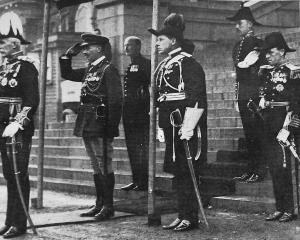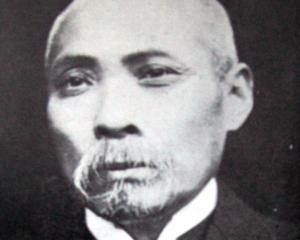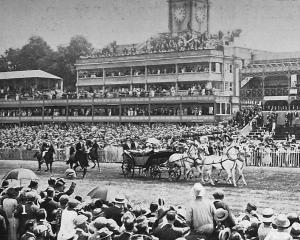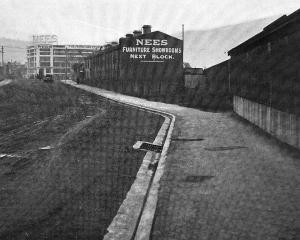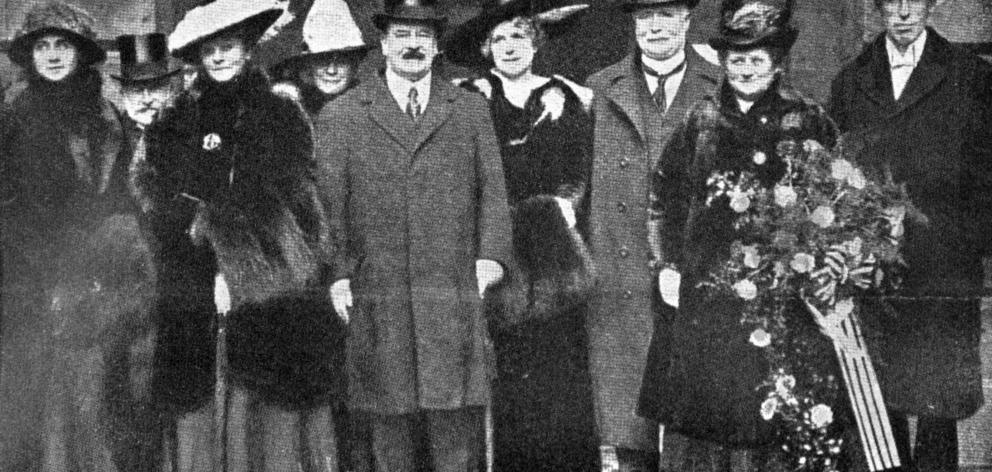
Sir Ernest Shackleton’s intention was to cross right over the Antarctic Continent from Weddell Sea to Ross Sea. He commanded the Weddell Sea party himself, and reached the Antarctic coast in December 1914, in the Endurance. Towards the end of the following year the vessel was crushed like an eggshell in the ice, and sank. After terrible privations and hairbreadth escapes the Weddell Sea party reached Elephant Island, and Shackleton and five others went on to South Georgia with a 22ft boat between them and a grave in the watery wastes of the Antarctic. They suffered great hardships, but reached their destination — a whaling station in South Georgia. From there Sir E. Shackleton went to America, and eventually, in a small steamer lent by the Chilean Government; rescued the Elephant Island party on August 30, 1916. The Ross Sea party, the survivors of which have reached Wellington, were in charge of Captain McIntosh, and reached Ross Sea early in 1915. The object of making a base on the opposite side of the Antarctic Continent to that on which Sir E. Shackleton had landed was to establish depots for 300 miles along the last portion of Shackleton’s intended route from Weddell Sea to Ross Sea. Before the Aurora had completed her task she broke away from her moorings in a blizzard in May, 1915, being compelled to leave behind 10 members of the party, seven of whom were rescued. The health of the party is excellent.
Survivors of the Ross Sea party of the Shackleton expedition who reached Wellington on Friday (says the New Zealand Times) estimate that with the provisions on hand, supplemented by seal flesh, fish, and blubber, they could have lasted another year or more if a relief expedition had not arrived. Blubber, a very important article in more ways than one, was being stocked in large quantities in the event of the non-arrival or relief.
• A correspondent send us a note which should be of interest to naturalists. He writes: ‘‘Several months ago I purchased a Karachi parrot from a ship which was lying in Bluff Harbour. The bird was quite young, and, as he never attempted to fly, but was fond of climbing, the door of his cage was always left open, so that he could go out and in as he pleased. About two months ago he started to moult, and when this process was over he found his wings and took flight. I determined, however, that, if he wished his liberty, he would get it. The same afternoon he flew away in the direction of the bush, and did not return. On the following forenoon I saw, as I thought, my Karachi in his cage, which hangs to the branch of a fir tree, but much altered in appearance, and looking as if he had had a rough time of it. I was prepared for this, because I understand that bush birds know and attack a bird which has been reared in captivity. On looking up, however, I saw my own bird perched on a branch of the tree. He had found a mate, and a female bird, of his own species on his night’s ramble. These two birds spend most of their time in the bush, but return daily to the cage for their food. The male bird always enters the cage first, and will not allow his mate to enter until he is satisfied. We are all hoping that they will nest and that young Karachis will be in evidence in this somewhat changeable climate." — ODT, 15.2.1917.
• COPIES OF PICTURE AVAILABLE FROM ODT FRONT OFFICE, LOWER STUART ST, OR WWW.OTAGOIMAGES.CO.NZ



